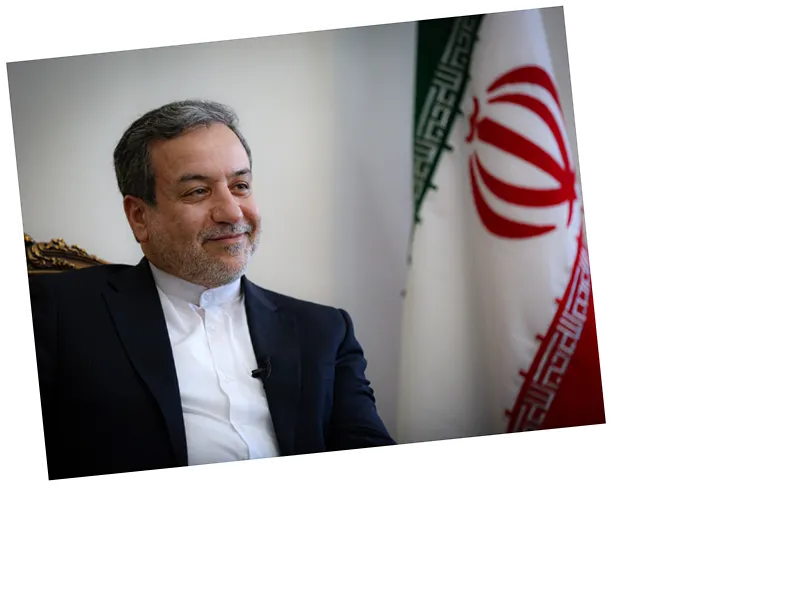Syrian Regime's Position Amidst Regional Conflicts
The ongoing conflict in the Middle East, particularly the recent escalation involving Israel and Gaza, has left the Syrian regime under President Bashar al-Assad in a precarious position. Following Operation 'Noah’s Flood' and subsequent Israeli aggressions across Gaza, the West Bank, and Lebanon, the Syrian regime's response has been notably subdued. Unlike its allies in the 'Axis of Resistance', such as Hezbollah and Iranian forces, Syria has maintained a silence that raises questions about its role and influence in the current geopolitical landscape.
The nature of this conflict is distinct from previous confrontations. The Israeli military operations have evolved into a war of attrition, targeting not just military assets but also civilian infrastructure, thereby escalating the humanitarian crisis. The goals of this renewed aggression have shifted from immediate military objectives to broader strategic aims, including the potential reconfiguration of power dynamics in the region.
The Implications for Syria
Syria's apparent neutrality could be a strategic choice aimed at preserving its regime amidst a volatile environment. As other factions engage directly in the conflict, Syria's lack of a vocal stance might reflect its desire to avoid further destabilization. However, this calculated distance could backfire, as the war is likely to expand, drawing Syria into its orbit.
Recent statements from Israeli officials indicate a clear intention to confront perceived threats from Iran and its allies, which includes Syria. The Israeli military's operations in the Golan Heights and its threats towards Damascus suggest that the Syrian regime cannot remain insulated from the ongoing conflict. The implications of this situation are profound, as the Assad regime may find itself forced to engage in a conflict it hoped to sidestep.
- The Syrian regime's historical ties to resistance movements in the region complicate its current stance. Traditionally, Syria has positioned itself as a leader in the resistance against Israeli occupation, but the recent restraint could be interpreted as a shift in strategy or a response to internal pressures and external threats. Moreover, the dynamics of international support play a crucial role in Syria's calculations. With the backing of Russia and the fluctuating policies of the United States, the Assad regime is navigating a complex web of alliances and enmities. The potential return of Trump to the presidency could further alter the landscape, possibly affecting U.S. support for Israel and its implications for Syria. In light of these developments, the future of Syria remains uncertain. The regime's ability to maintain stability while avoiding direct confrontation will be tested as the conflict evolves. The situation underscores the intricate balance of power in the Middle East, where alliances are continually reshaped by ongoing military and political developments.





